Welcome to our Club!
Bulletin Subscribe
President
President Elect
Rotary Foundation President
Treasurer
Secretary
Board Member - Membership
Board Member - Fundraising
Sergeant-at-Arms
Immediate Past President

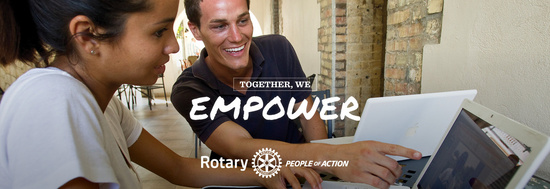








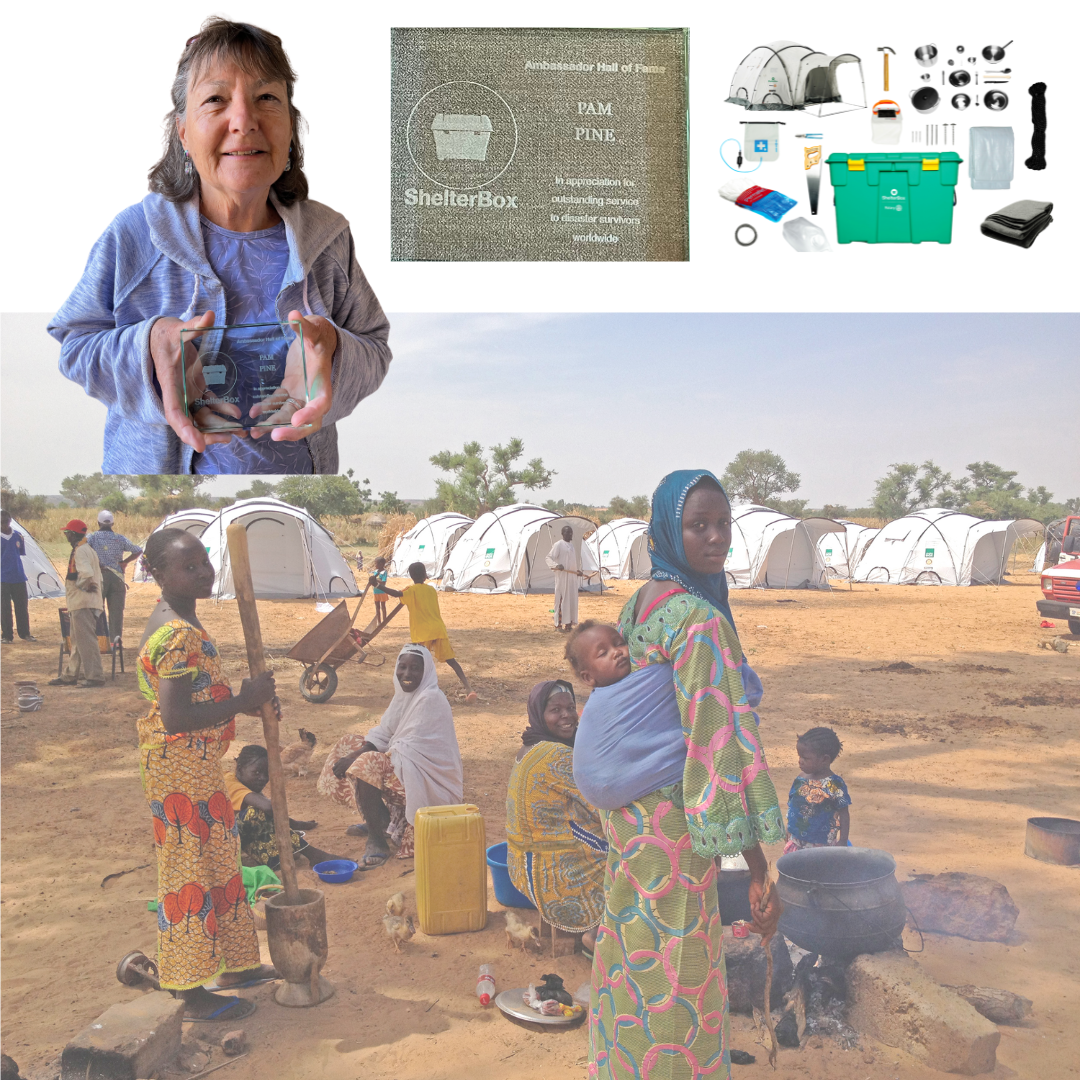
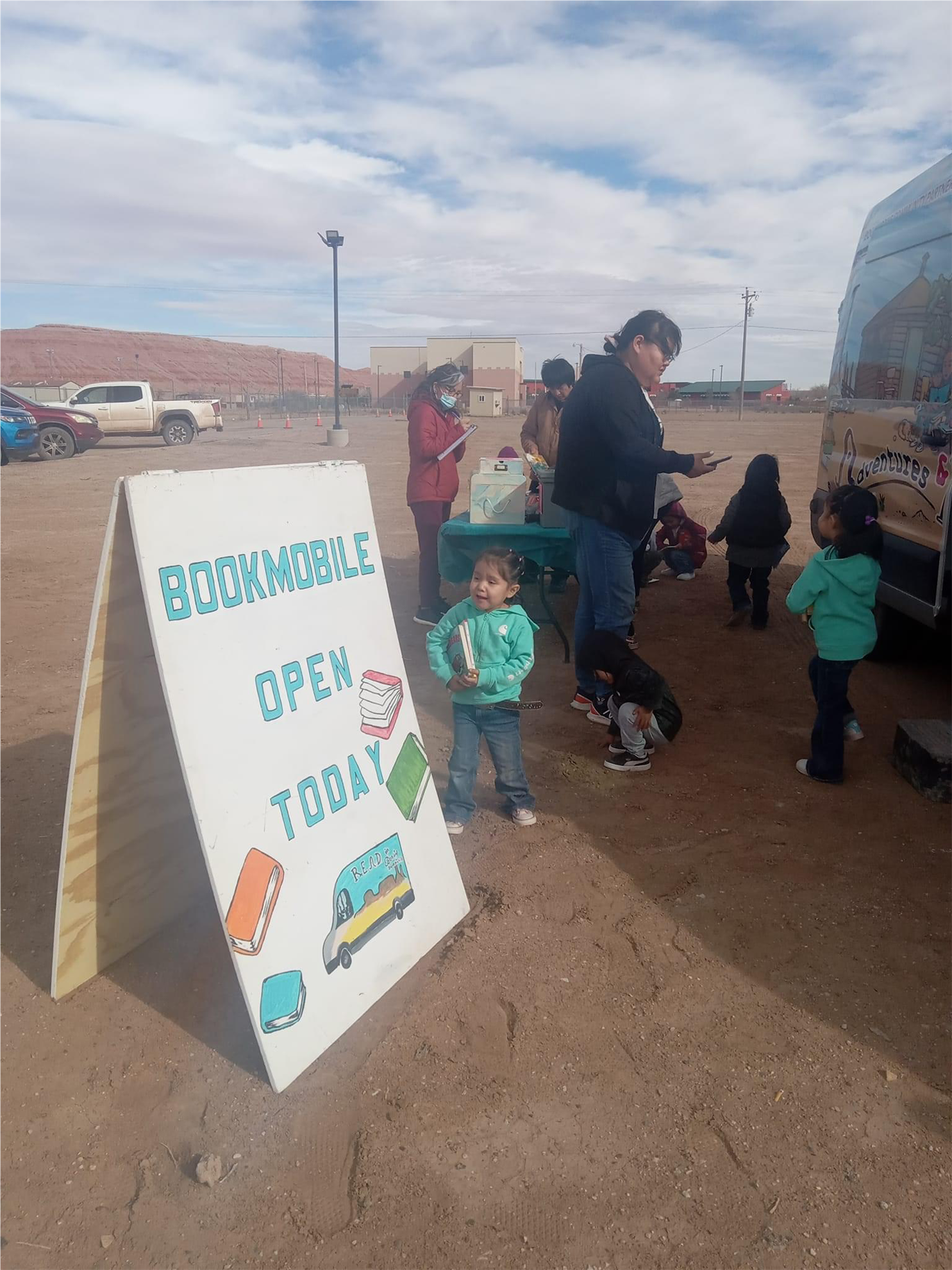
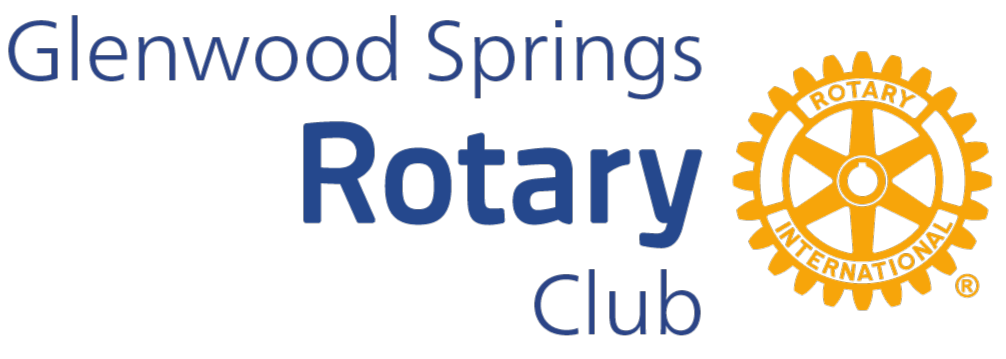

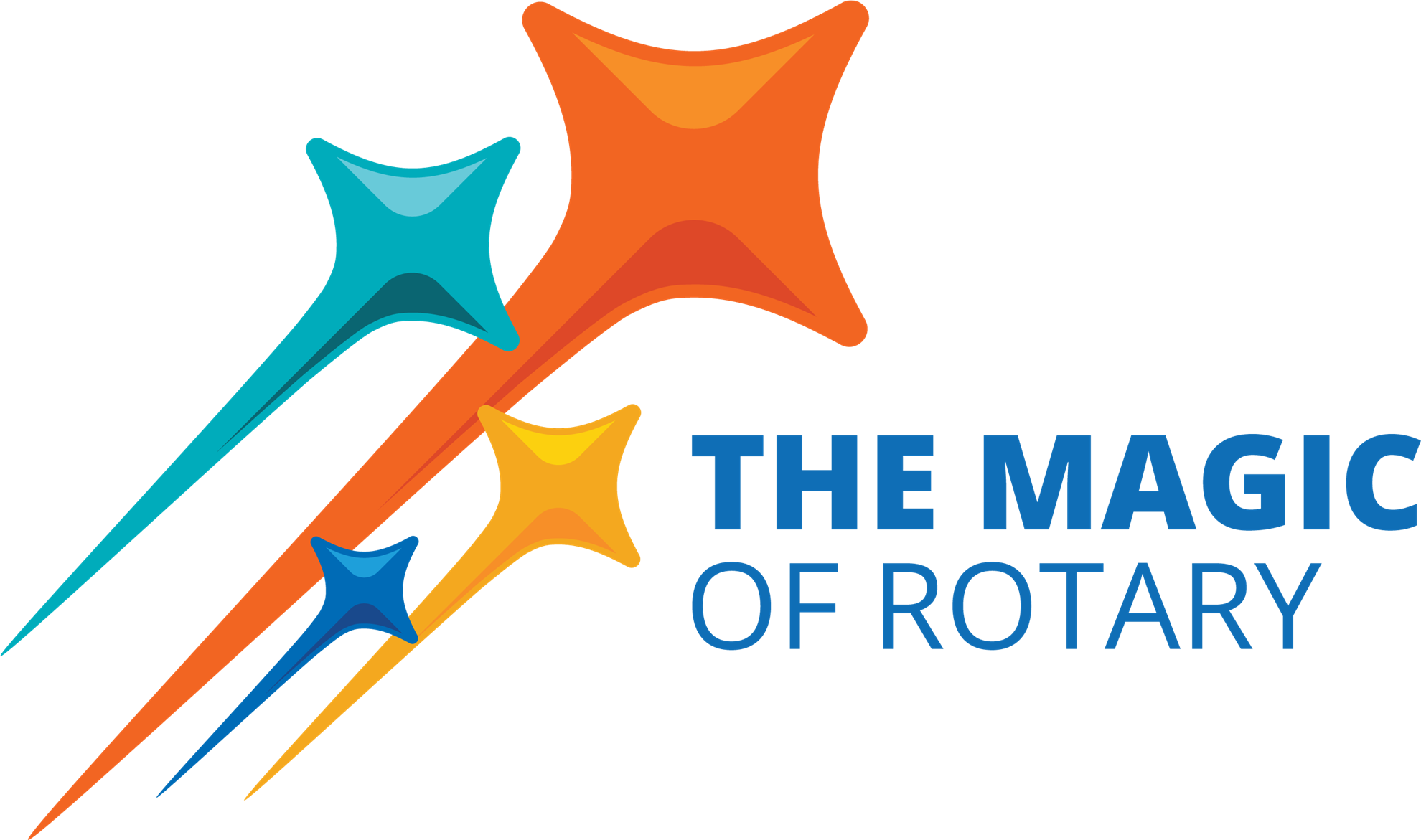
.png)













Service Above Self
Glenwood Springs, CO 81601
United States of America